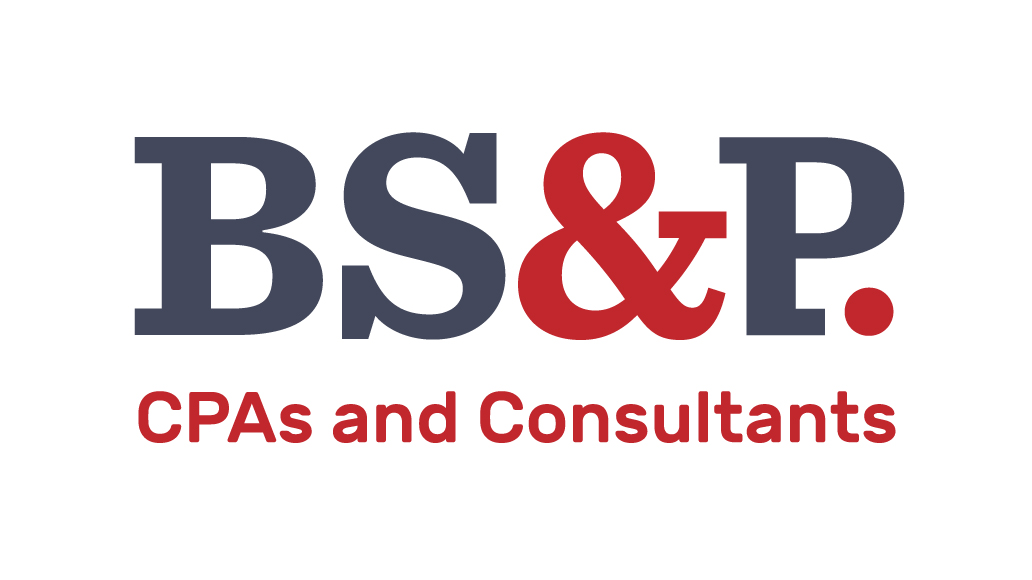Just what every business owner wants to hear, an audit requirement. However, an audit of your organization’s employee benefit plan can be very beneficial for the organization, the plan and its participants.
Let’s get started with what potentially triggers an audit requirement for a benefit plan. Essentially, all 401(k) and 403(b) plans must file a Form 5500 on an annual basis. The Form 5500 is part of ERISA requirements that are designed to ensure that employee benefit plans are operating in the best interests of their participants. The special number to look out for here is 100, which is the number of active participants (participants with account balances) that pushes a plan into the “large plan” filing designation. Note that this is a recent change from the previous standard, which formerly considered 100 “eligible” participants when determining the plan’s filing status. There is also an “80-120 Participant Rule” which allows for a plan to file with the same status as the previous year as long as the beginning of the year active participants were between 80 and 120. Filing under a “large plan” status generally requires that an audit report is prepared by an independent public accountant and attached to schedule H of the Form 5500 each year.
Now that we have established what could lead to an audit requirement, let’s move on to what it means for the sponsoring organization. First off, we can rip of the bandage off and recognize the major drawbacks of an audit. It costs money and can be an administrative burden. Reaching that 100-active participant threshold can be a great milestone for a growing business, but it does come with the need to engage a public accountant for additional services. That being said that drawback cannot be avoided, and it is the cost of doing business on a larger scale.
With the hard part out of the way, we can now focus on the ample positives that come with an employee benefit plan audit. First and foremost, it helps support the numerous fiduciary responsibilities and requirements of the plan’s trustee in overseeing the operations of the plan. Having an audit performed `not only is a compliance requirement, but it can assist everyone involved with the plan to identify areas of non-compliance and potential misstatement.
Additionally, engaging a public accounting firm provides more benefits than just the audit. Typically, a firm can offer recommendations to a plan sponsor that provide details on best practices and service providers to help the trustee continue to fulfill their fiduciary responsibilities that go beyond just compliance with the filing requirements. The knowledge and experience that a public accounting firm can provide towards a plan is an invaluable resource.
Lastly, from my experience in performing employee benefit plan audits, participants commonly will respond to audit questions with responses such as: “I have no idea how to check that” or “I just assume the money is going to the right place” or “I didn’t even know that I had an account”. These quotes are a great indication of why there are so many regulations surrounding employee benefit plans to begin with and why an independent audit is so important for the peace of mind that it provides to the plan’s participants.
If you have questions or want to know more about employee benefit plan audits, please reach out to us at info@bspcpa.com.
Written by, Matthew Mernan, In-Charge Senior Accountant
